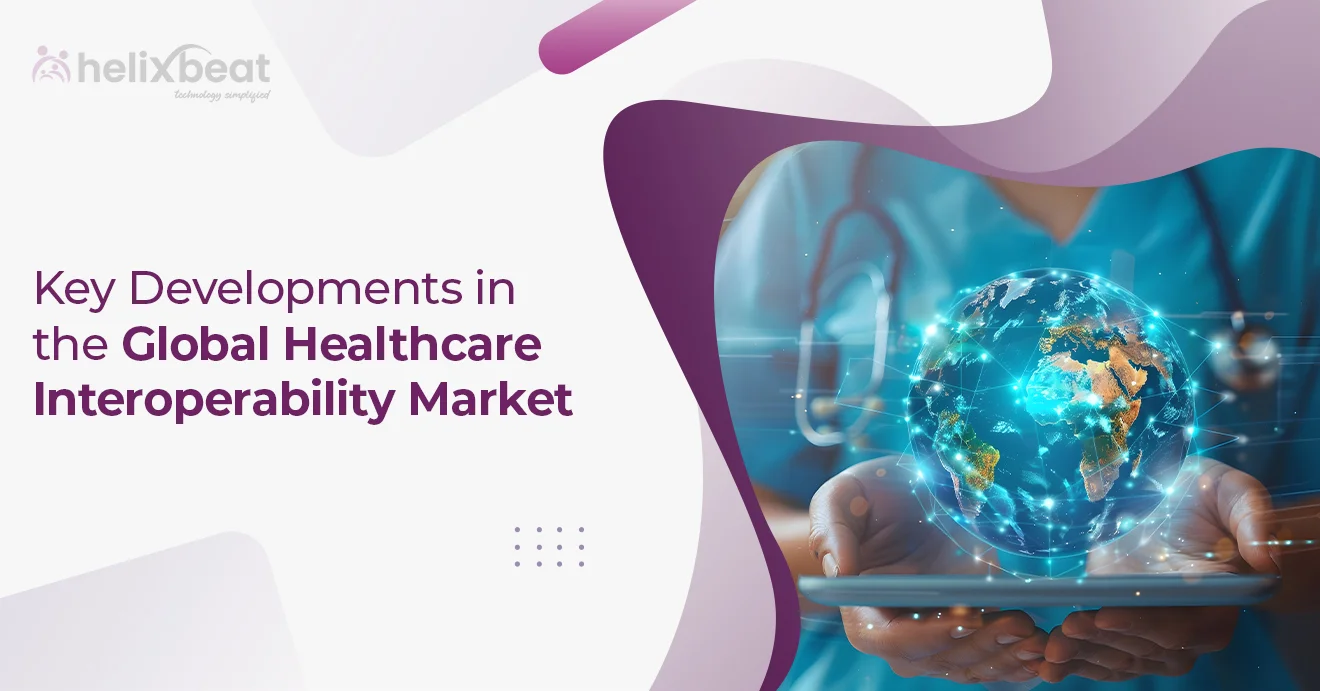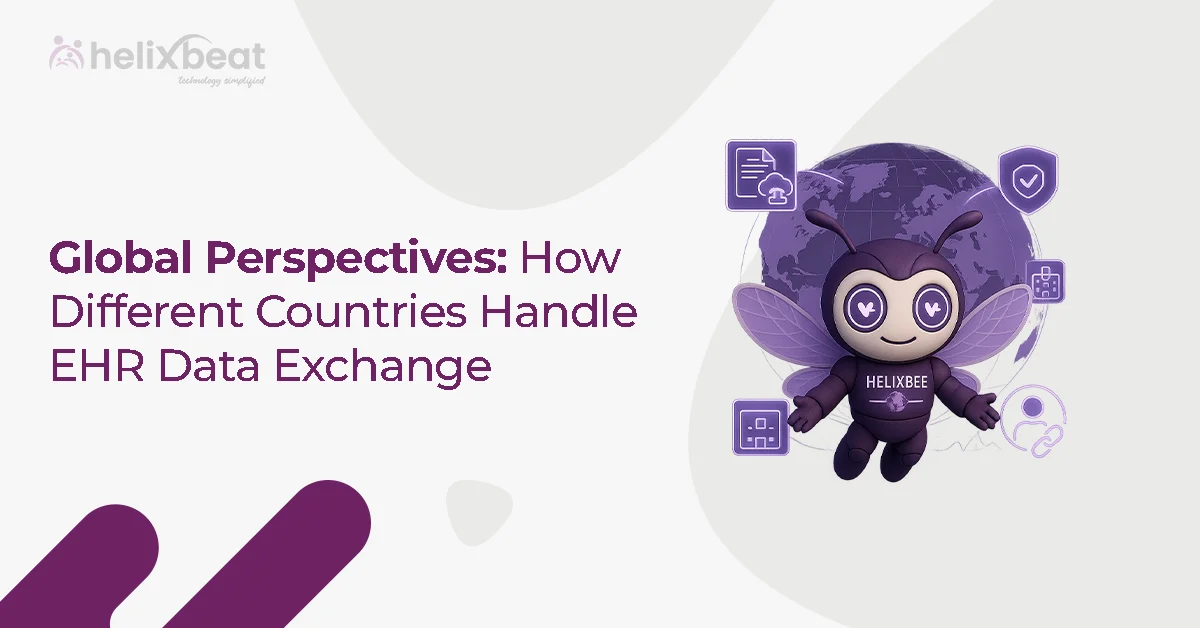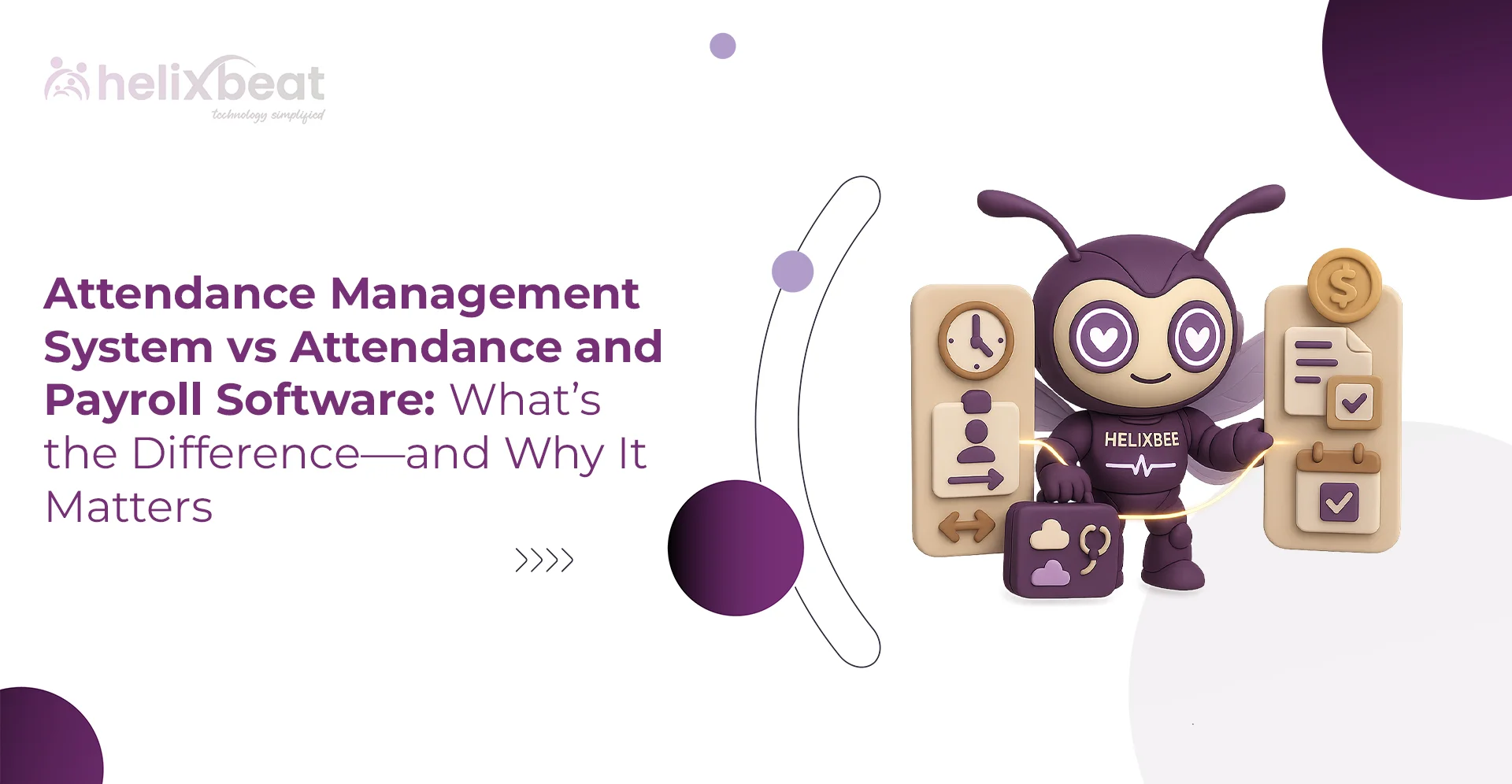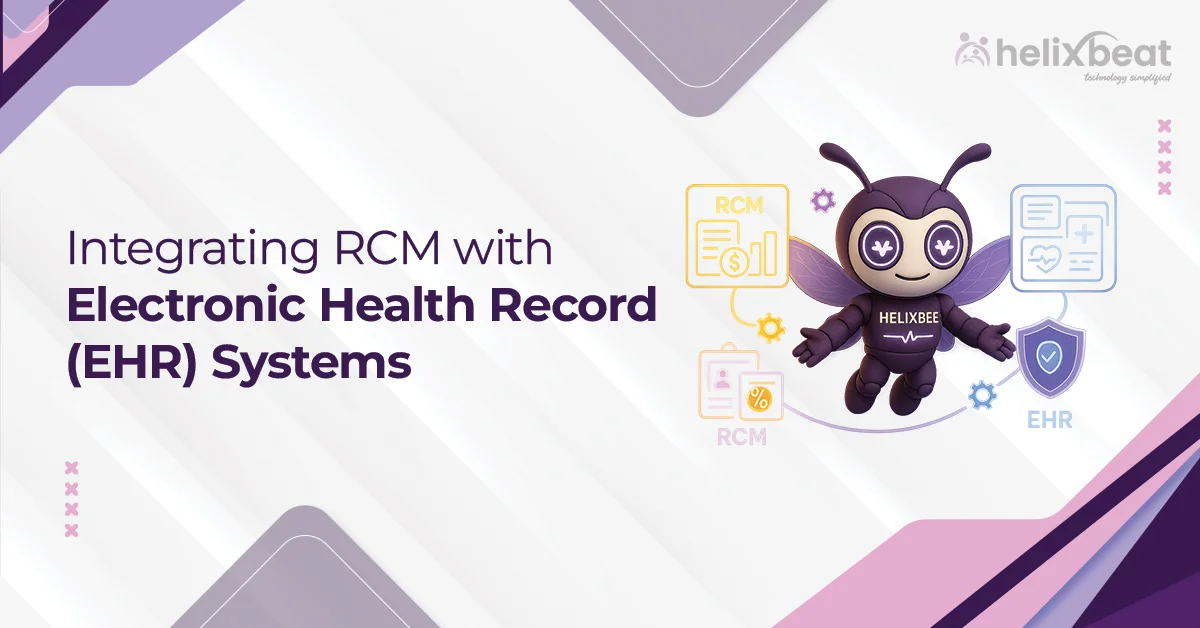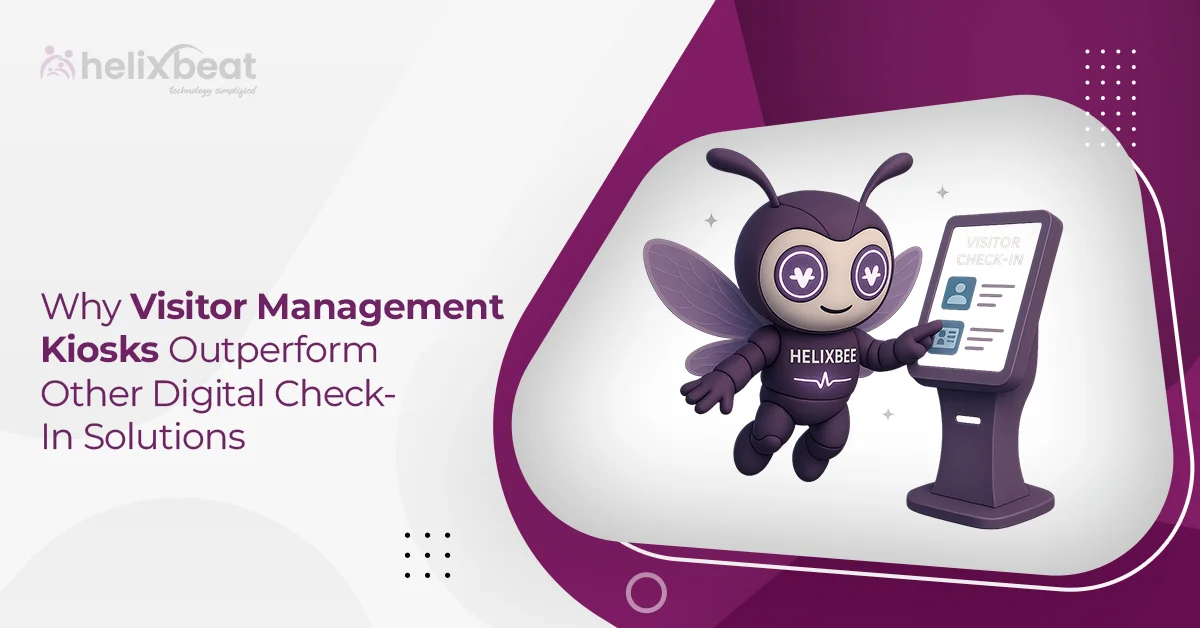The global healthcare data interoperability market is on a revolutionary shift, fueled by rapid technological innovations, evolving regulatory requirements, and a growing focus on patient-centered care. As healthcare systems worldwide aim for seamless data exchange, several key developments are shaping the future of this sector. Let’s explore these developments.
Table of Contents
1. Market Growth and Projections
The healthcare data interoperability market has witnessed significant growth in recent years. According to a report by Frost & Sullivan, the market is projected to reach $19.28 billion by 2028, growing at a compound annual growth rate (CAGR) of 18.3% from 2023 to 2028. Similarly, a study by Market Research Future estimates the market size to grow from $84.62 billion in 2025 to $533.92 billion by 2034, with a CAGR of 22.71%.
This robust growth is attributed to the increasing demand for integrated care solutions, advancements in digital health technologies, and the need for efficient data exchange across diverse healthcare systems.
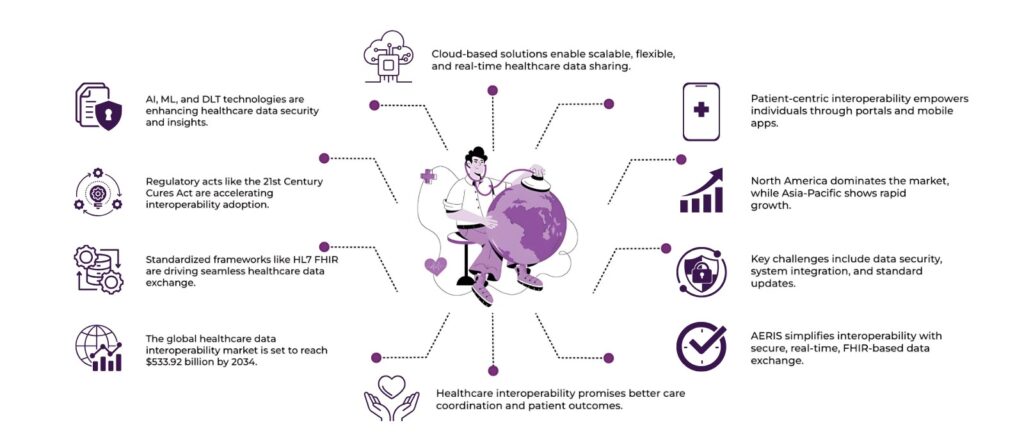
2. Standardisation and Adoption of Interoperability Frameworks
The widespread adoption of standardised frameworks marks a major advancement in the healthcare data interoperability market. A key player in this development is the HL7 FHIR standard, which simplifies and enhances healthcare data sharing across different systems. By enabling seamless exchange of patient information, FHIR contributes to a better quality of care.
Also, using Electronic Health Records (EHRs) and Health Information Exchanges (HIEs) has been instrumental in supporting interoperability. These systems enable healthcare providers to securely access and share patient information, thereby improving coordination and patient outcomes.
3. Regulatory Support and Policy Initiatives
Government policies in the United States actively work to improve healthcare data sharing. For instance, the 21st Century Cures Act requires healthcare providers to use standardised APIS. These APIs make it easier for different healthcare systems to exchange patient data seamlessly, reducing barriers and improving coordination across providers.
Such policies are driving healthcare organisations to adopt technologies that foster collaboration, transparency, and improved outcomes in patient care.
4. Integration of Emerging Technologies
The integration of emerging technologies, such as Artificial Intelligence (AI), Machine Learning (ML), and Distributed Ledger Technology (DLT), is transforming the healthcare data interoperability market. AI and ML help process large amounts of healthcare data, offering valuable insights to improve decision-making.
DLT enhances data exchanges by making them more secure and transparent, thereby resolving issues related to data accuracy and privacy. The combination of these technologies is creating more efficient and secure solutions for sharing healthcare data.
5. Cloud-Based Interoperability Solutions
Cloud computing has fueled the growth of healthcare data interoperability. Cloud-based solutions offer scalability, flexibility, and cost-effectiveness, enabling healthcare organisations to manage and share data seamlessly. These solutions enable healthcare providers to collaborate in real-time, thereby improving patient care.
As more healthcare organisations realise the benefits of cloud technologies, cloud-based interoperability solutions are expected to keep growing.
6. Patient-Centric Interoperability
A shift towards patient-centric interoperability is evident in the healthcare data interoperability market. Empowering patients with access to their health data enables them to make informed decisions. Moreover, patient portals and mobile health applications are facilitating this access, allowing individuals to view their medical records, schedule appointments, and communicate with healthcare providers.
This patient-centric approach not only enhances patient engagement but also contributes to better health outcomes by promoting active participation in healthcare decisions.
7. Regional Developments and Market Dynamics
North America currently holds a big share of the global healthcare data interoperability market, driven by favorable government initiatives, high healthcare expenditure, and the presence of key industry players. The United States, in particular, is at the forefront of adopting interoperability standards and technologies.
In contrast, the Asia-Pacific region is experiencing rapid growth in healthcare data interoperability, fueled by increasing healthcare investments, a large patient population, and the adoption of digital health technologies. Countries like India and China are witnessing a surge in the implementation of interoperable solutions to address the challenges of their vast and diverse healthcare systems.
8. Challenges and How AERIS Solves Them
Despite the promising growth of the healthcare data interoperability market, several challenges hinder seamless integration and data exchange. These include concerns about data security and privacy, the complexity of integrating various healthcare systems, and the need for continuous updates to interoperability standards. These issues often result in fragmented care, delays in decision-making, and inefficiencies in patient management.
AERIS, an advanced solution for healthcare data interoperability, helps address these challenges. Using FHIR-based data standardisation, AERIS enables secure, real-time data exchange between different healthcare systems while maintaining patient privacy. It can integrate data from multiple sources, such as Electronic Health Records (EHRs), lab systems, and patient management platforms, making the flow of information smoother.
AERIS also stays up to date with industry standards and regulations, meaning healthcare providers don’t need to manually update their systems constantly. By automating the data exchange process, AERIS simplifies interoperability, making it easier for healthcare systems to work together.
Final Thoughts
The global healthcare data interoperability market is poised for tremendous growth and transformation. Through the adoption of standardised frameworks, integration of emerging technologies, and supportive regulatory environments, the healthcare industry is moving towards a more connected and efficient future. As these developments unfold, the ultimate beneficiaries will be the patients, who will experience improved care coordination, enhanced outcomes, and a more personalised healthcare experience.
To stay ahead of these changes and leverage the full potential of healthcare interoperability, AERIS is the solution your healthcare system needs. Contact us today to learn how AERIS can transform your data interoperability strategy.
FAQs
1. What are the key drivers of growth in the healthcare data interoperability market?
The major factors driving growth include advancements in digital health technologies, the rising demand for integrated care solutions, and regulatory policies that promote data sharing across healthcare systems. Additionally, the increasing focus on patient-centered care and the need for efficient data management are major contributors.
2. How does the HL7 FHIR standard contribute to healthcare interoperability?
HL7 FHIR (Fast Healthcare Interoperability Resources) simplifies exchanging healthcare data between different systems. It supports easy integration and improves the speed and efficiency of data sharing, enhancing the quality of care by providing timely and accurate patient information.
3. What role do government regulations play in advancing healthcare data interoperability?
Government policies like the 21st Century Cures Act in the U.S. play a vital role by mandating standardized APIs and ensuring privacy standards. These regulations push healthcare organizations to adopt technologies that support better data sharing and security.
4. How is patient-centric interoperability improving healthcare?
Patient-centric interoperability focuses on giving patients control over their health data. By accessing their records through portals and mobile applications, patients can make informed decisions about their care, which enhances engagement and contributes to better health outcomes.
5. How does AERIS help solve healthcare interoperability challenges?
AERIS is a healthcare data interoperability solution that leverages FHIR-based data standardization to facilitate secure, real-time data exchange. It simplifies the process by automating data integration, ensuring privacy, and staying updated with the latest industry standards, which makes it easier for healthcare systems to collaborate efficiently.



